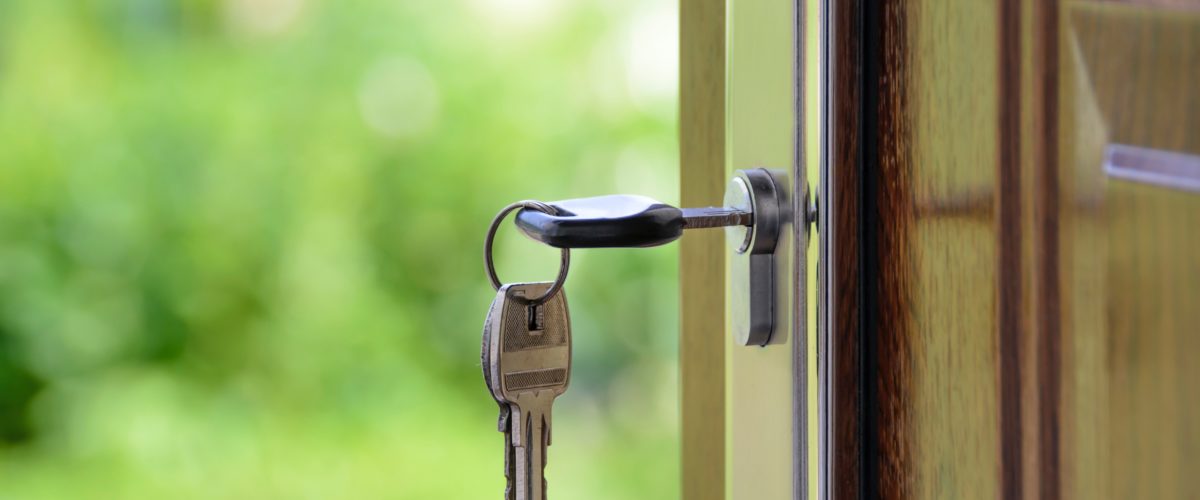What would you be willing to do in order to keep a real estate transaction from falling through? Would you literally put your life on the line to save a deal?
Ask any agent or broker, and the answer likely will be an easy “no.” But according to real estate safety instructor Cheryl Knowlton, president of Elite Edge Real Estate Training, practitioners most commonly cite fear of losing the deal as the reason they don’t follow safety protocols on the job. And with a third of the nation’s 1.3 million REALTORS® reporting having faced professional situations that made them afraid for their personal safety or the security of their personal information, according to the National Association of REALTORS®’ newly released 2018 Member Safety Report, it may be time for real estate pros to reconsider risky work habits.
Though fewer REALTORS® say they’ve been in harm’s way on the job—33 percent, down from 38 percent in 2017—there’s still a prevailing motivation in the industry to put business interests above all else, says Knowlton, ABR, GRI, also a broker with ERA Brokers Consolidated in Lehi, Utah, who recently hosted a safety webinar called “Habits to Keep You Safe on the Job Year-Round.” “We don’t want you to lose a deal, but we also don’t want you to lose your life,” Knowlton said during the webinar.
Sixteen real estate professionals were killed in homicides while on the job last year, and 64 suffered fatal injuries, according to figures from the U.S. Bureau of Labor Statistics cited in NAR’s “Real Estate Safety Matters” course. Bad habits that make you more vulnerable to safety threats in real estate—such as working alone, focusing on something other than your immediate surroundings, and meeting prospects in the field before verifying their identity—take time to break, Knowlton said. She offered a five-step process for changing unsafe work habits.
- Become aware that you need to make a change. “Whether you’re creating a new, good habit or breaking a bad one, you can’t change anything you’re not willing to acknowledge,” Knowlton said.
- Understand what triggers your bad habits. Knowlton said two things often lead real estate professionals to skirt safety protocols: the need to save time and a “faulty belief that I’m going to lose this deal, and it’s going to go to my competition if I don’t do these things—meet strangers in strange places and keep doing things they way I’ve always done them.”
- Change your routine one action at a time. If you typically meet prospects for the first time at property showings, start committing to having a phone conversation with them first, where you can gather information about the potential client and their needs. Identify behaviors that are problematic for your safety, and institute one action that could help alleviate the danger. Eventually, it will become a new habit.
- Believe in the necessity of the changes you make. You won’t be able to change your behavior for the long term unless you believe it truly makes a difference in your life, Knowlton said. “We’ve got to believe that we can and will make the changes necessary” and “tap into the reasons why we want to make those changes.”
- Reward yourself for making small but significant changes. “You can eat an elephant if you take it one bite at a time,” Knowlton said. “I used to be guilty of setting gigantic goals, and then becoming frustrated and overwhelmed because I didn’t achieve what I set out to do in the time frame I set out to do it.” Without recognizing the small shifts you make in pursuit of a larger change in your routine, the effects won’t be long-lasting.
How REALTORS® Protect Themselves
With REALTOR® Safety Month in full swing this September, NAR’s member safety survey found that the most common situations causing pros to fear for their safety are open houses, vacant homes or model homes, properties that are unlocked or unsecured, buyers who refuse to meet in public places first, and properties in remote areas. To combat these fears, 43 percent of practitioners say they carry self-defense weapons, the most popular of which are pepper spray (16 percent) and a firearm (15 percent).

Forty-seven percent also use smartphone safety apps to notify friends and colleagues of their whereabouts and alert them to an emergency, NAR’s report shows.

An encouraging sign is that 46 percent of survey respondents report their brokerage having standard safety procedures in place, up from 44 percent in 2017. Some of the most common procedures are:
- 40 percent of REALTORS® say they meet prospective clients first at their office or a neutral location.
- 39 percent report participating in a self-defense class.
- 19 percent credit a REALTOR® Safety course for making them feel more prepared to handle potential risky situations.
A growing number of practitioners say their brokerage also has procedures for protecting client data, such as proper disposal of customers’ personal information.




